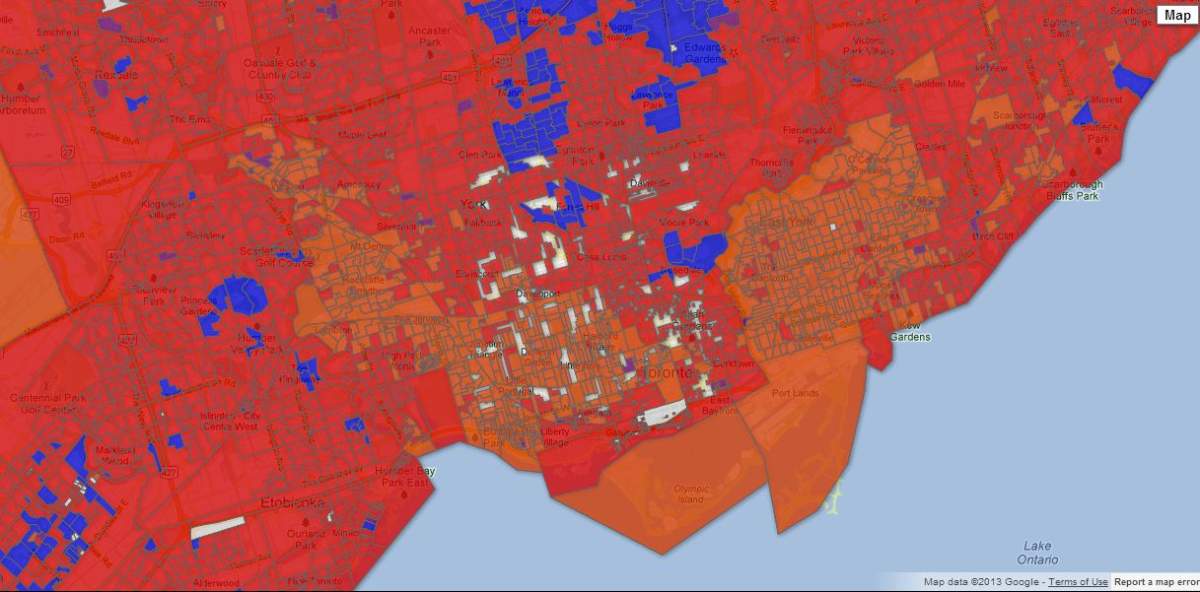Above: Identity tied area code, what the first three digits say about you. Peter Kim reports

TORONTO – Two decades ago, a decision by Bell Canada would create a rift between Greater Toronto Area (GTA) citizens that to this day, still holds strong.
In 1993, Bell Canada introduced the 905 area code to help ease the demand for new phone lines, but in doing so, they created a divide that for the past 20 years has continued to define the GTA.
Typically those with a 905 area code live in some of Toronto’s populous suburbs, including Mississauga, Vaughan, Newmarket, Richmond Hill, and Georgetown.
Altogether, the 905 area holds a population of approximately 3.4 million, according to the Canada 2011 Census.
Despite the large population, the way of life and the political thinking are almost polar opposites, according to public affairs consultant Brian Kelcey.
“It’s pretty clear to political observers that the 416 is much more of a swing territory for Liberal and NDP thinking,” Kelcey said. “ The 905 on the other hand is well known as the great battlefield of Canadian politics,” he added, saying the area has a “much more Liberal – Conservative background.”
Poll-level results for Ontario election 2011

Get breaking National news
While the area codes are a source of pride to many citizens, Kelcey says 905ers don’t necessarily get the same level of attention given to the 416 area.
“Sometimes it’s strong communities to the West and North that have strong identities, but feel like they’ve been left off the map because everyone says ‘hey you’re from Toronto’ when really these people aren’t,” Kelcey said. “They’re worried that they’re not getting the same deals that Torontonians are. They’re worried that their cities don’t have the same level of identity and scrutiny and accountability that maybe Toronto does.”
Canadian rapper Maestro Fresh-Wes acknowledged the split with his song “416/905 (TO Party Anthem).”








Comments